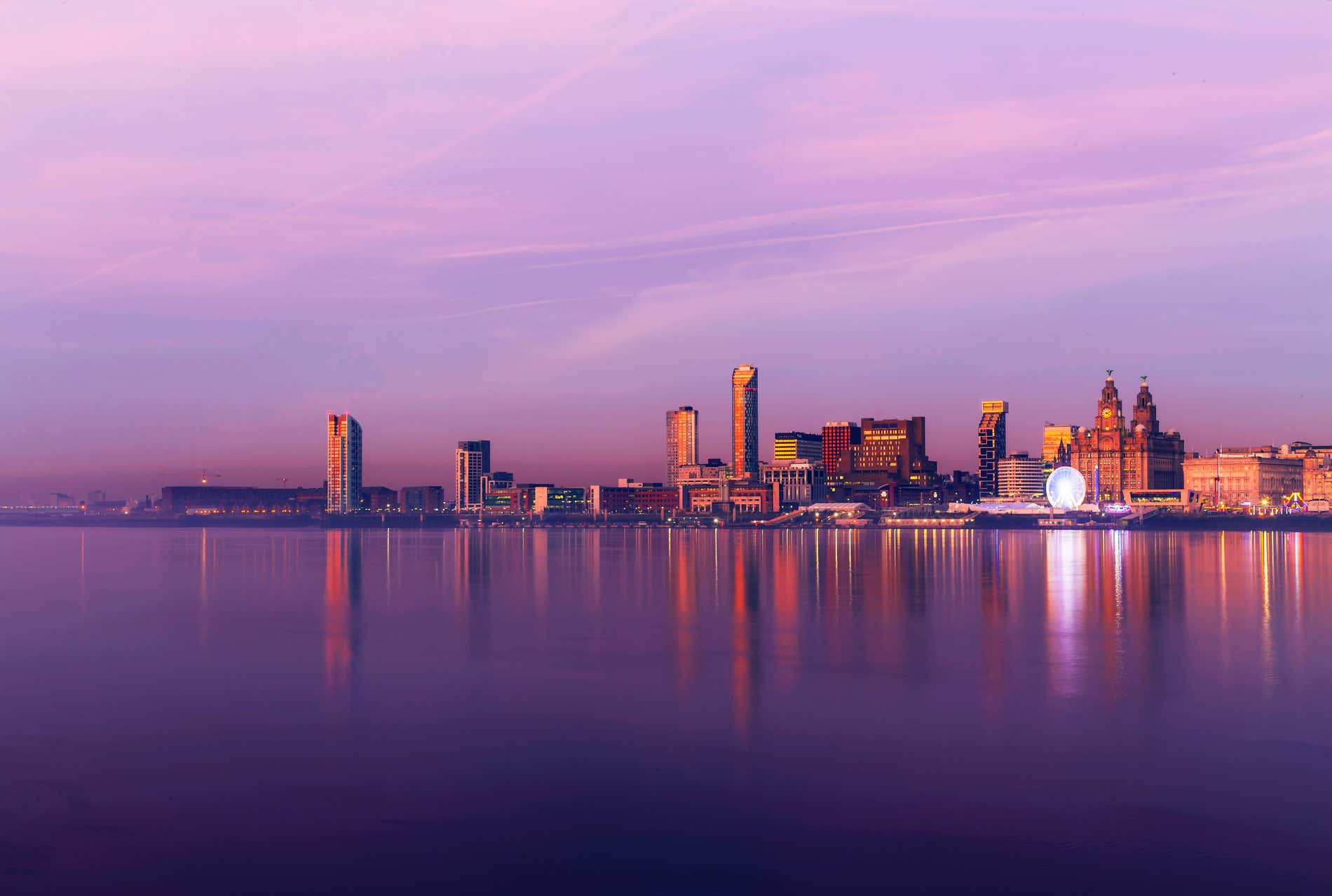The 10 Best Museums in London to Visit in 2026
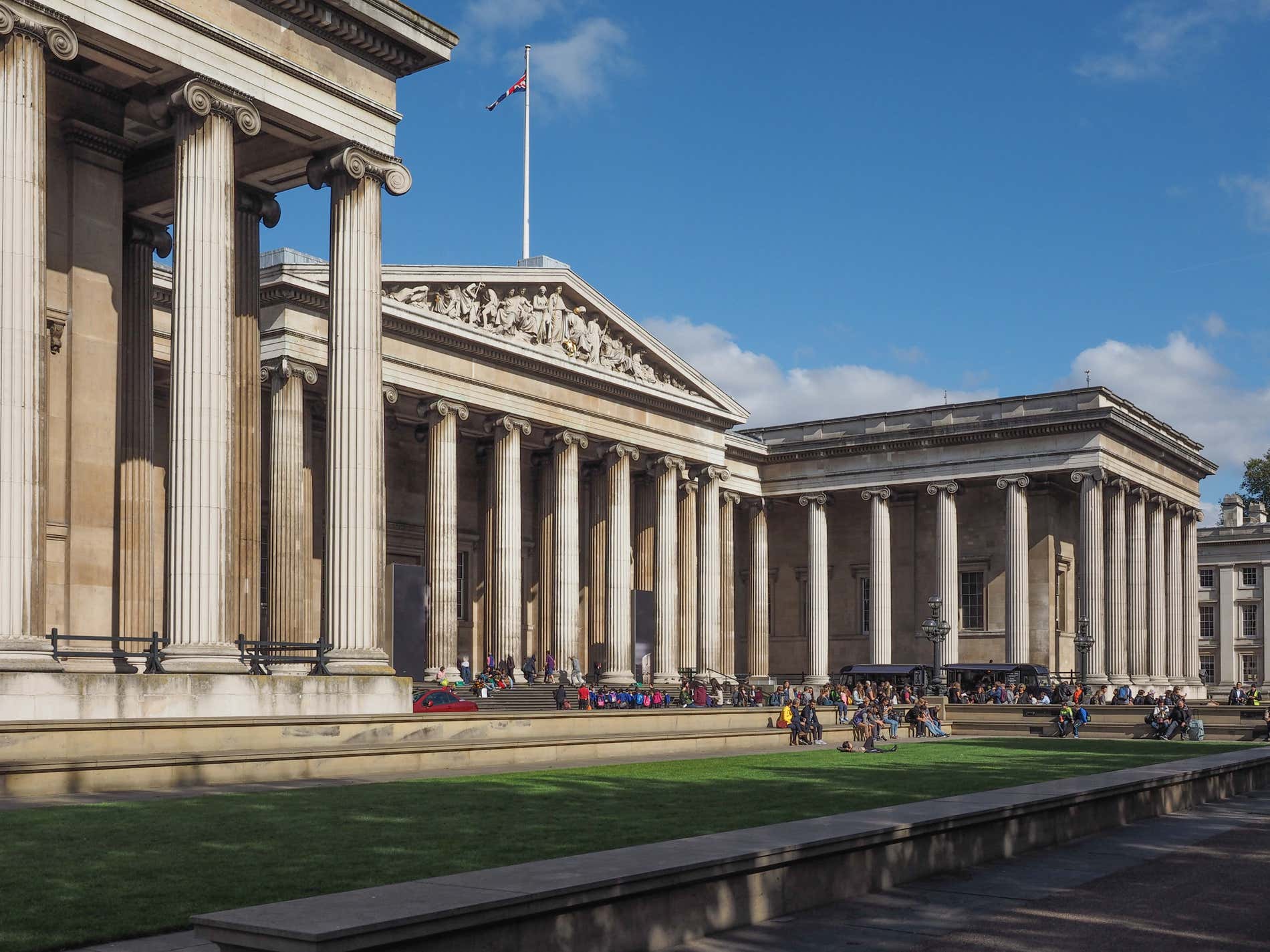
Visiting London’s museums isn’t just something to do on a rainy day. This city is absolutely brimming with world-class museums that display some of the world’s most incredible treasures, as well as various fascinating niche collections. In total, the British capital is home to 170+ museums, so you’re bound to find one that tickles your fancy.
Check out our list of the top London museums to help you decide which you should check out for yourself.
Best Museums in London
1. The British Museum
The British Museum is one of the most visited museums on the planet, and rightfully tops any list of must-see museums in London. The British Museum was founded in 1753 based on a collection of the physician and naturalist Sir Hans Sloane. It then became the world’s first public and free museum. The concept of this kind of institution was born during the period known as the Enlightenment, when knowledge began to be seen as a universal right, rather than something only for society’s elites. Over time, the museum’s collection has grown massively, with many artefacts acquired during Britain’s colonial era. This controversial legacy is one that the museum has long grappled with and sought to acknowledge in recent years.
There are various must-see artefacts in the British Museum. You have the Rosetta Stone, an ancient tablet dating back to Ancient Greece in 196 BC. This stone includes Ancient Egyptian texts and an Ancient Greek translation, which made it key to understanding the previously mysterious Egyptian Hieroglyphs, and thus Ancient Egypt on a much deeper level. The British Museum also houses the Elgin Marbles, a collection of pieces from the Acropolis of Athens, Anglo-Saxon treasures from Sutton Hoo, Aztec mosaics, Japanese samurai armor, and so much more.
The best part is that the British Museum is still completely free! For further insights into the history and context of the museum’s most important artefacts, you might want to do this guided tour of the British Museum, which will bring you around the ‘must-sees’ of the museum in just over 2 hours.
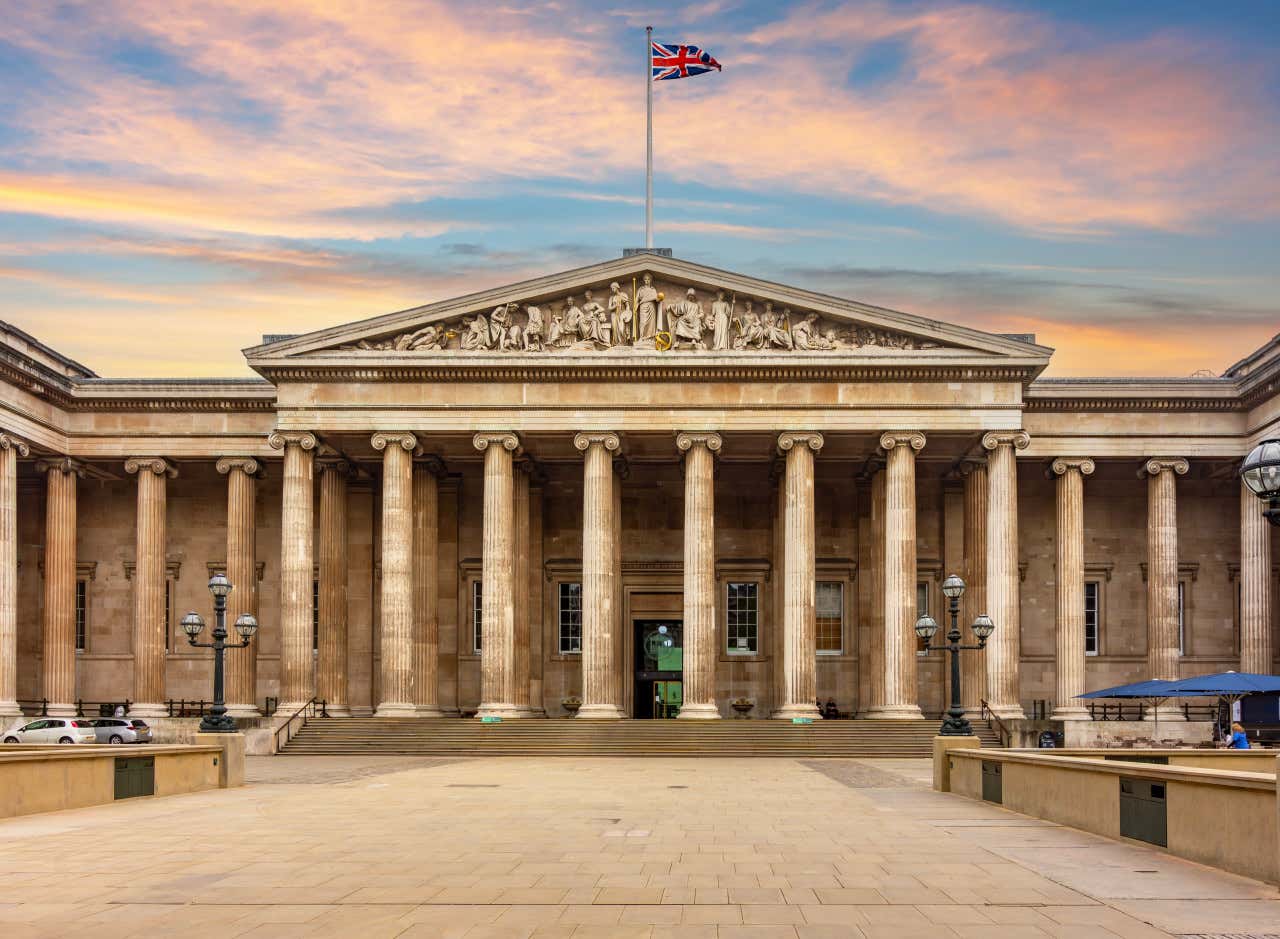
2. National Gallery
Located in the heart of Trafalgar Square, the National Gallery features a collection of over 2,300 works from the world’s most celebrated artists from da Vinci to Rembrandt to Picasso to Turner. This gallery opened in 1824 with a similar democratic vision as the British Museum: to make art available to be enjoyed by the British general public.
- Vincent van Gogh’s Sunflowers – One of the most iconic paintings in the world, vibrant and instantly recognizable
- Leonardo da Vinci’s The Virgin of the Rocks – A masterclass in Renaissance technique and composition
- Hans Holbein the Younger’s The Ambassadors – Famous for its anamorphic skull and intricate details
- Velázquez’s Rokeby Venus – The only surviving nude by the Spanish master
- Botticelli’s Venus and Mars – A stunning example of Italian Renaissance mythology
- J.M.W. Turner’s The Fighting Temeraire – Voted Britain’s greatest painting
- Rembrandt’s Self-Portrait at the Age of 63 – A moving late work by the Dutch master
The National Gallery is also free to visit. Alternatively, you can enjoy a guided tour of the National Gallery with Civitatis.
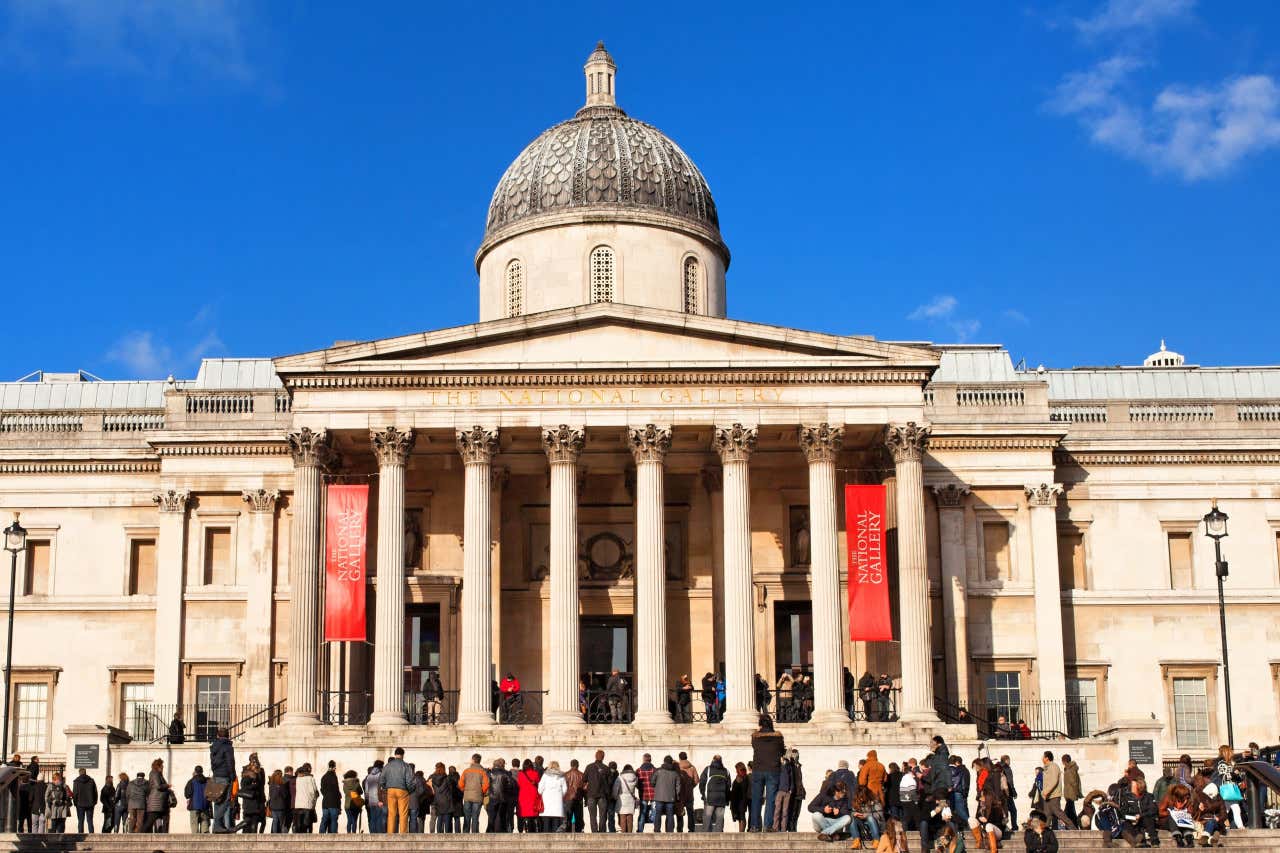
3. Natural History Museum
Another titan museum in the Big Smoke, The Natural History Museum is located in South Kensington. Home to a staggering 80 million plant, animal, fossil, rock, and mineral specimens, this museum’s history dates back to 1753, though it officially opened its doors in 1881. It’s housed in a stunning Romanesque-style building, whose architecture alone makes visiting worthwhile.
In the main entrance hall of the Natural History Museum is the famous 82-foot (25-meter) blue whale skeleton, which hangs suspended from the ceiling. Another highlight is the Dinosaur Gallery, featuring a roaring animatronic T. rex, a Triceratops skull, and various other prehistoric fossils. Also, you can’t visit the NHM without visiting Archie, a massive 26-foot (8-meter) giant squid that was caught 721 feet (220 meters) underwater and preserved in a tank since 2004.
If you’re looking for things to do in London with kids, the Natural History Museum is a perfect way to spend an afternoon, without spending any money. That said, many opt to buy a ticket to the Natural History Museum with an audioguide, to get a better understanding of the exhibits, and to make sure they don’t miss any hidden gems.
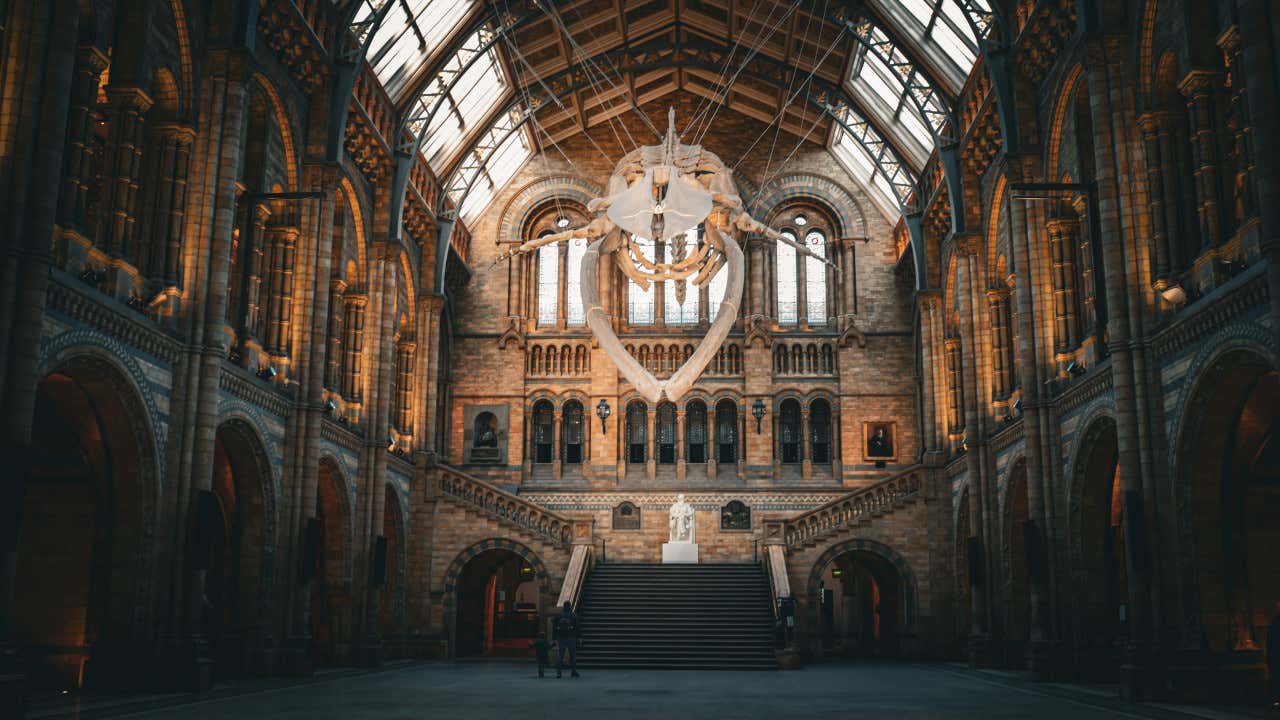
4. Science Museum
Right next to the Natural History Museum, you’ll find the Science Museum, another one of London’s must-see museums. Founded in 1857, this museum was established to celebrate human innovation, displaying exhibits that mark the milestones of science, medicine, and engineering.
The Science Museum’s interactive exhibitions showcase inventions and ideas that have altered the course of the world. From Watt’s steam engine (an emblem of the Industrial Revolution) to rockets, airplanes, and the Apollo 10 command module, one of the few pieces from the Apollo mission outside the United States.
The museum offers immersive experiences, simulators, and interactive galleries, bringing science to life for visitors of all ages. It’s the perfect place to see how technology has evolved and how inventions have impacted our daily lives.
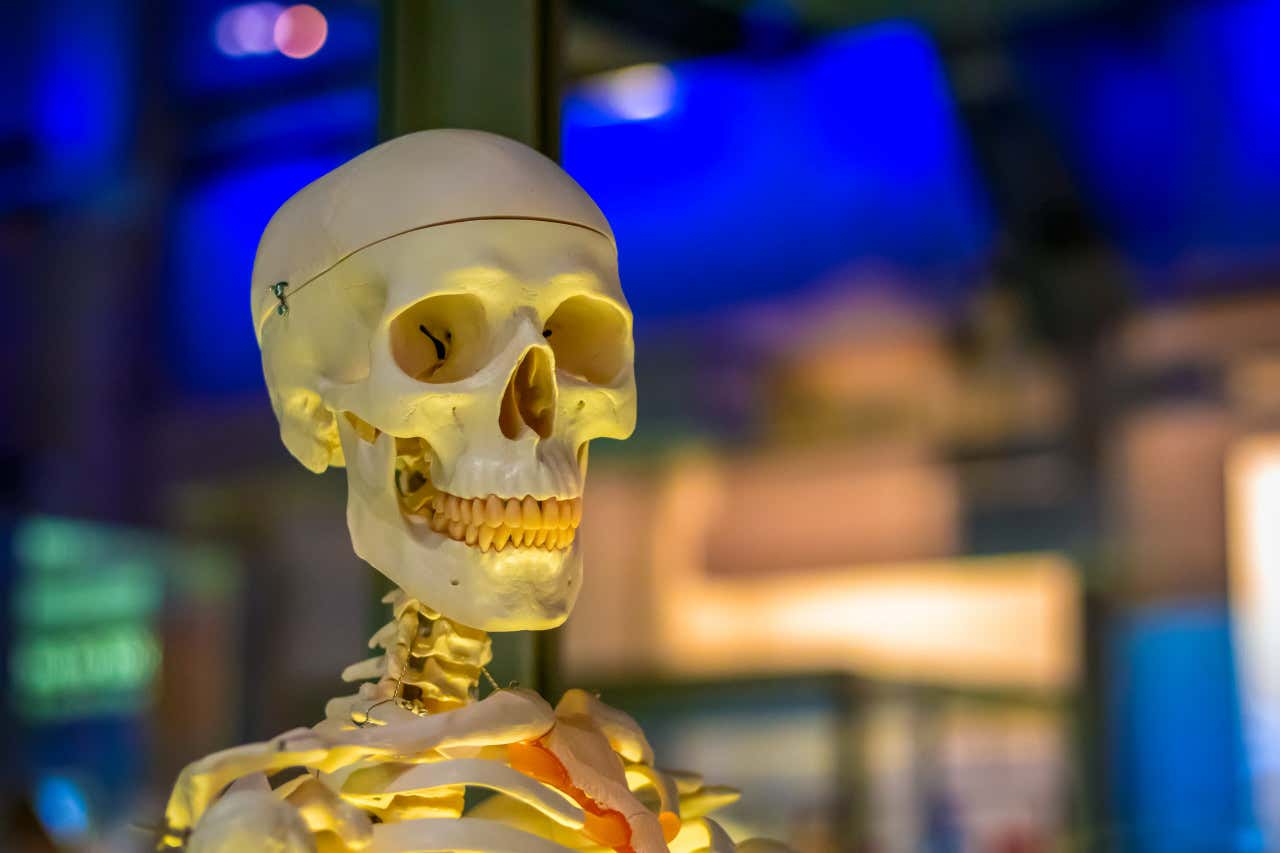
5. Tate Modern
For lovers of contemporary art, the Tate Modern sort of a mecca. Located in the former Bankside Power Station building on the south bank of the Thames. Opening its doors in 2000, the Tate Modern radically elevated the public’s perception of modern art in the city, and grew to become a global powerhouse. Today, it is the most visited modern art gallery in the world.
The Tate is housed in what was originally a brick power station designed by Sir Giles Gilbert Scott. The station shut down in 1981 and underwent a spectacular transformation by architects Herzog & de Meuron. This act of architectural recycling symbolizes the spirit of modern art: taking something old and giving it new life.
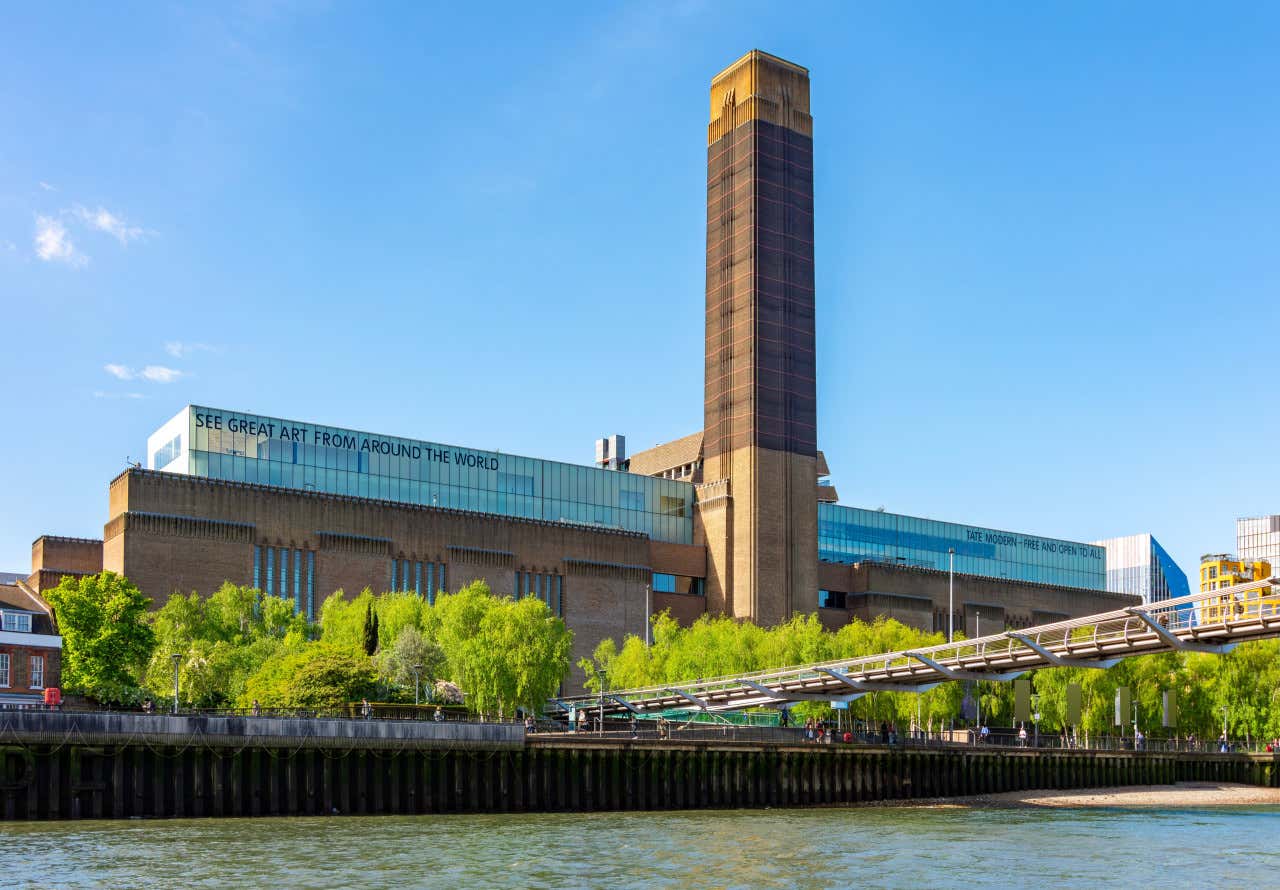
The permanent collection is completely free to explore, making world-class modern art accessible to everyone. Discover works from Picasso, Salvador Dalí, Andy Warhol, Henri Matisse, Mark Rothko, and countless other artists who redefined what art can be.
Don’t leave the Tate without climbing to the 10th-floor viewing terrace, providing incredible views over London’s skyline. Enjoy a coffee as you look out over St Paul’s Cathedral, the Milennium Bridge, the Shard, the Walkie-Talkie, and more.
6. The V&A Museum
Named after Queen Victoria and Prince Albert, the V&A Museum is the world’s largest museum of art & design. The museum was born out of the surplus from the Great Exhibition of 1851, a world fare that celebrated culture and industry, seeking to educate the public and inspire the British public.
With more than 2.3 million pieces, the Victoria and Albert Museum features an incredible diversity of design and innovation from all around the world. Explore the gallery’s cutting-edge fashion design, displaying spectacular collections of jewelry, period clothing, ceramics, furniture, tapestries, sculptures, and paintings, including a stunning collection of Asian and post-classical art.
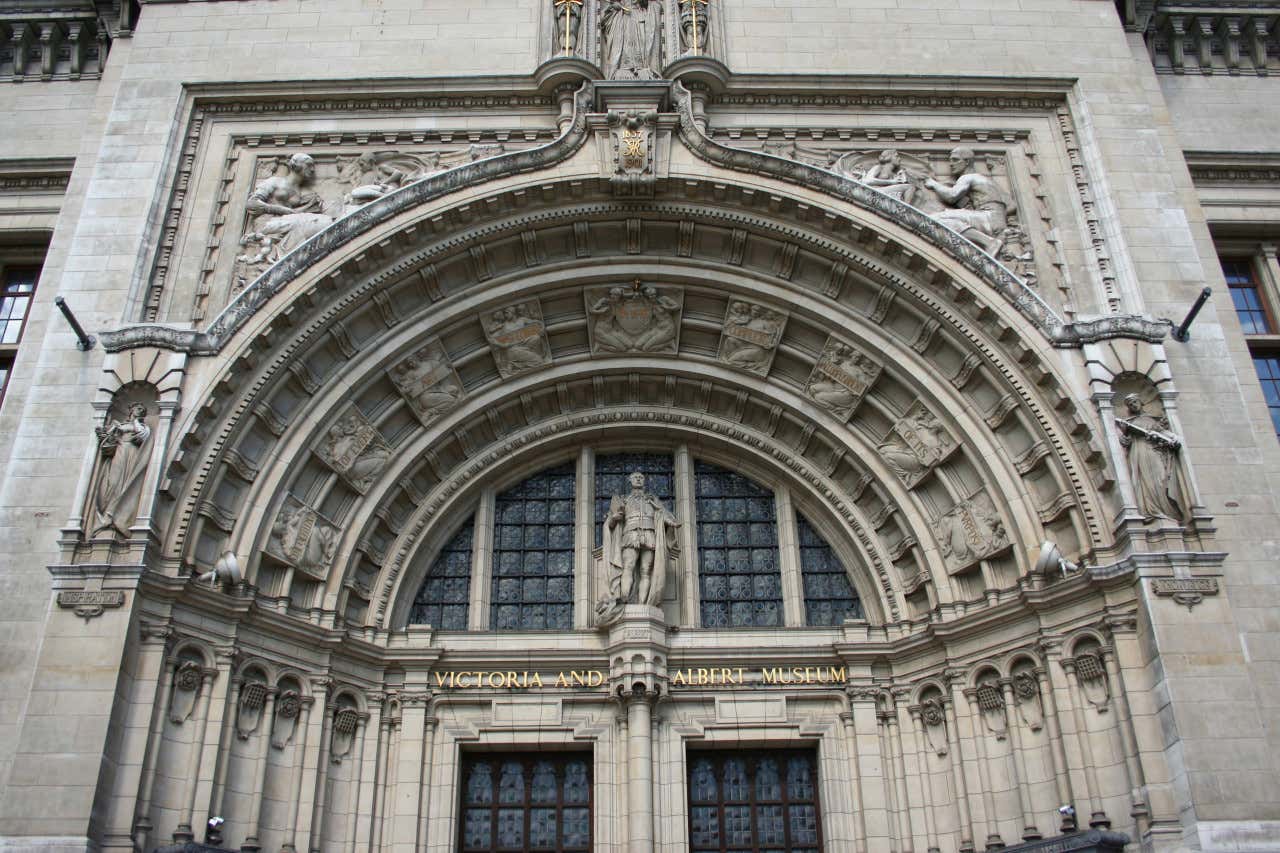
7. Imperial War Museum
The Imperial War Museum is an institution that explores the conflicts that have shaped the world. Founded in 1917 (during the First World War), this museum was established to collect and display objects related to the British Empire’s involvement in what was the greatest war ever fought. Over time, it has broadened its focus to cover all wars involving Britain and the Commonwealth since 1914, with a particular emphasis on World War II.
The museum displays military uniforms, tanks, aircraft, weapons, and an impressive collection of war artifacts. Its galleries are designed to immerse you in wartime experiences, with a recreation of World War I trenches and exhibits on the Holocaust. What’s more, admission is free.
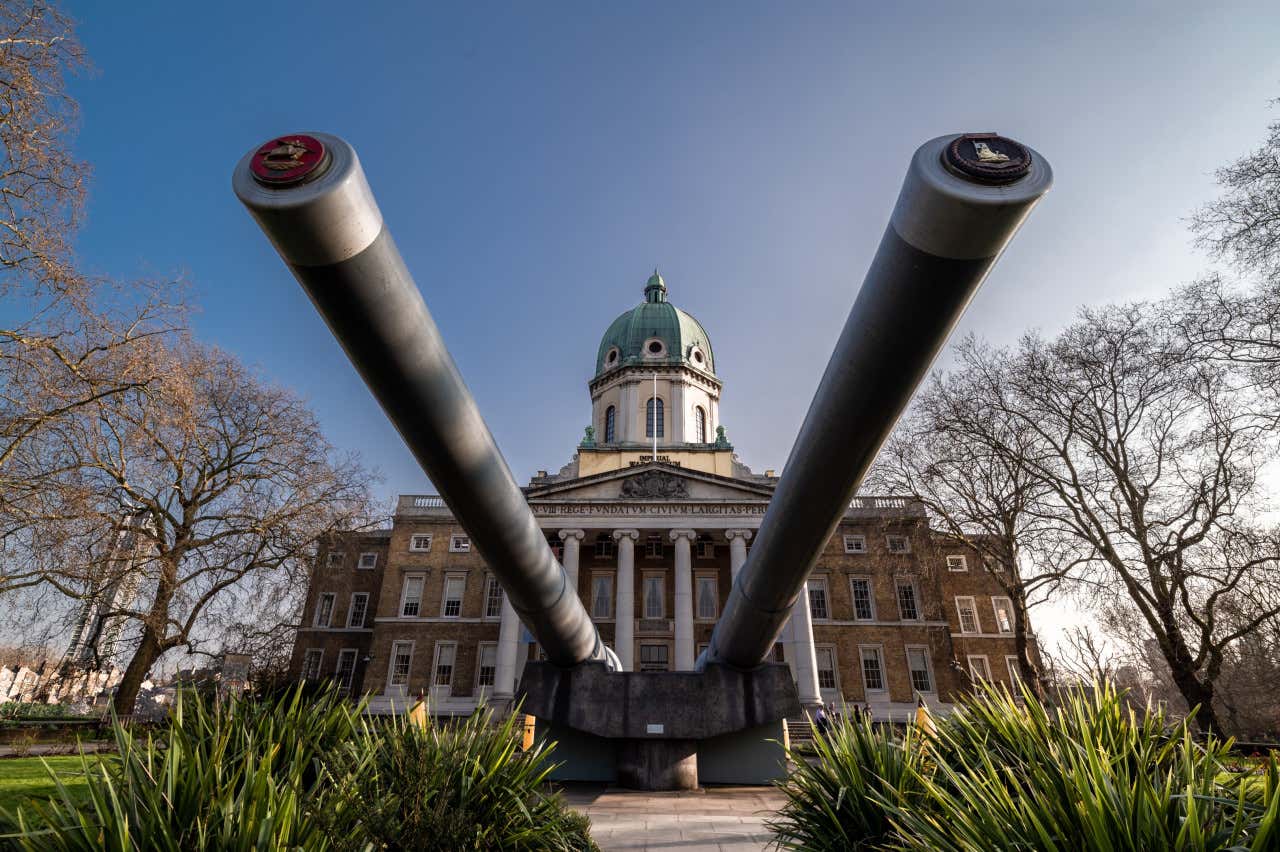
8. Tate Britain
While the Tate Modern focuses on international contemporary art, the Tate Britain is the world center for homegrown, British art. It is the perfect place to discover the artistic identity of the capital. Opened in 1897, Tate Britain was the first museum in the Tate network. It was founded thanks to a donation from industrialist Sir Henry Tate and was originally called the National Gallery of British Art.
This museum’s extensive collection ranges from the 16th century to modern art. Its crown jewel, however, is its collection of works by J.M.W. Turner, the largest Turner collection in the world. Turner is renwoned for being a master of light and landscape exhibited flawlessly in pieces like The Fighting Temeraire and Rain, Steam, Speed.
The Tate Britain also features British artists such as John Constable and Francis Bacon as well as displays of Pre-Raphaelite art, with works by Rossetti and Millais.
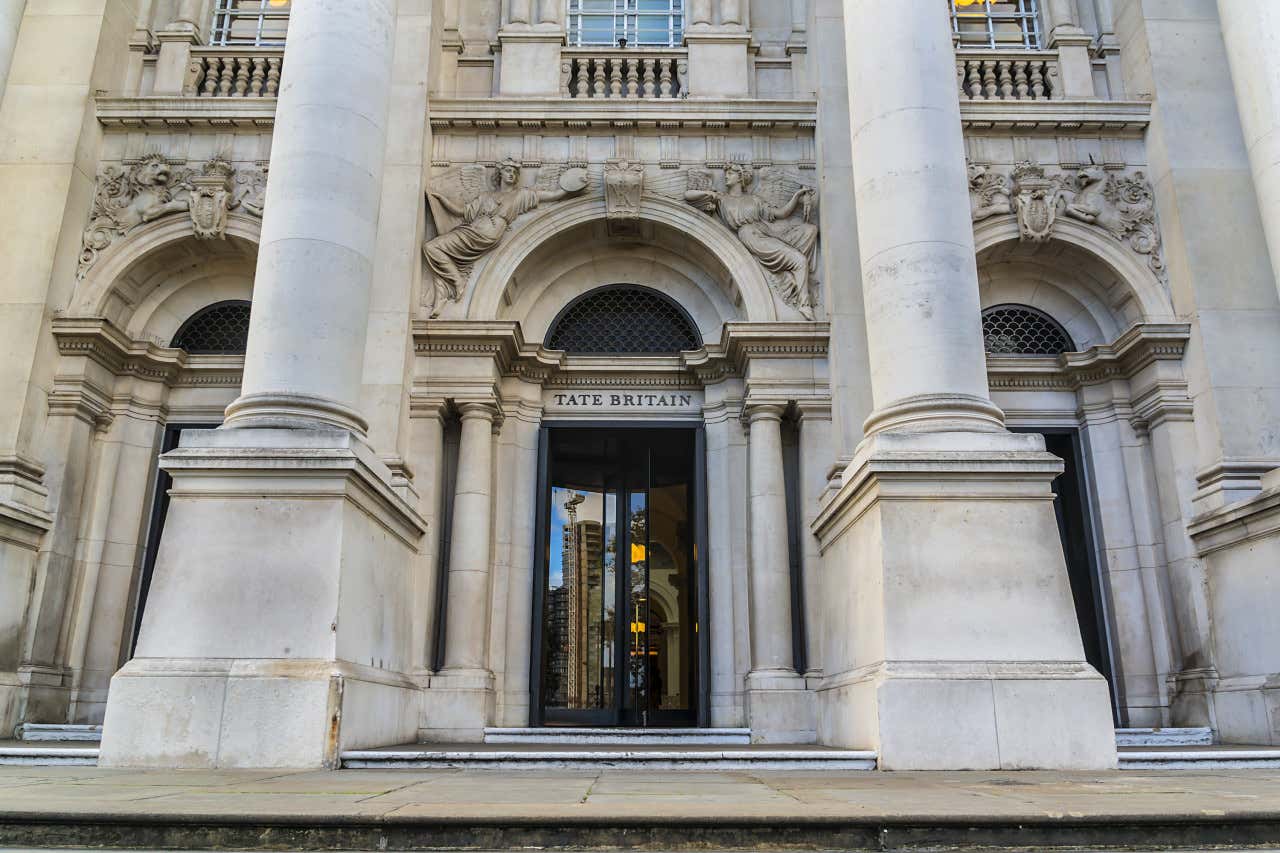
9. Transport for London Museum
Located in the heart of Covent Garden, the London Transport Museum is a slightly quirkier museum, celebrating the history of public transport that, without which, everyday life in this gigantic metropolis would be absolutely impossible. Here, you can learn all about London’s transport system, from the iconic Underground to the double-decker buses, both of which have become veritable icons of the city.
At the Transport for London Museum, you can ride on vintage buses, see the original steam locomotives of the Underground, and admire a collection of advertising posters and models that chronicle the evolution of urban mobility. The Transport for London Museum is great thing to do in London with kids, and tickets are free for children under 18.
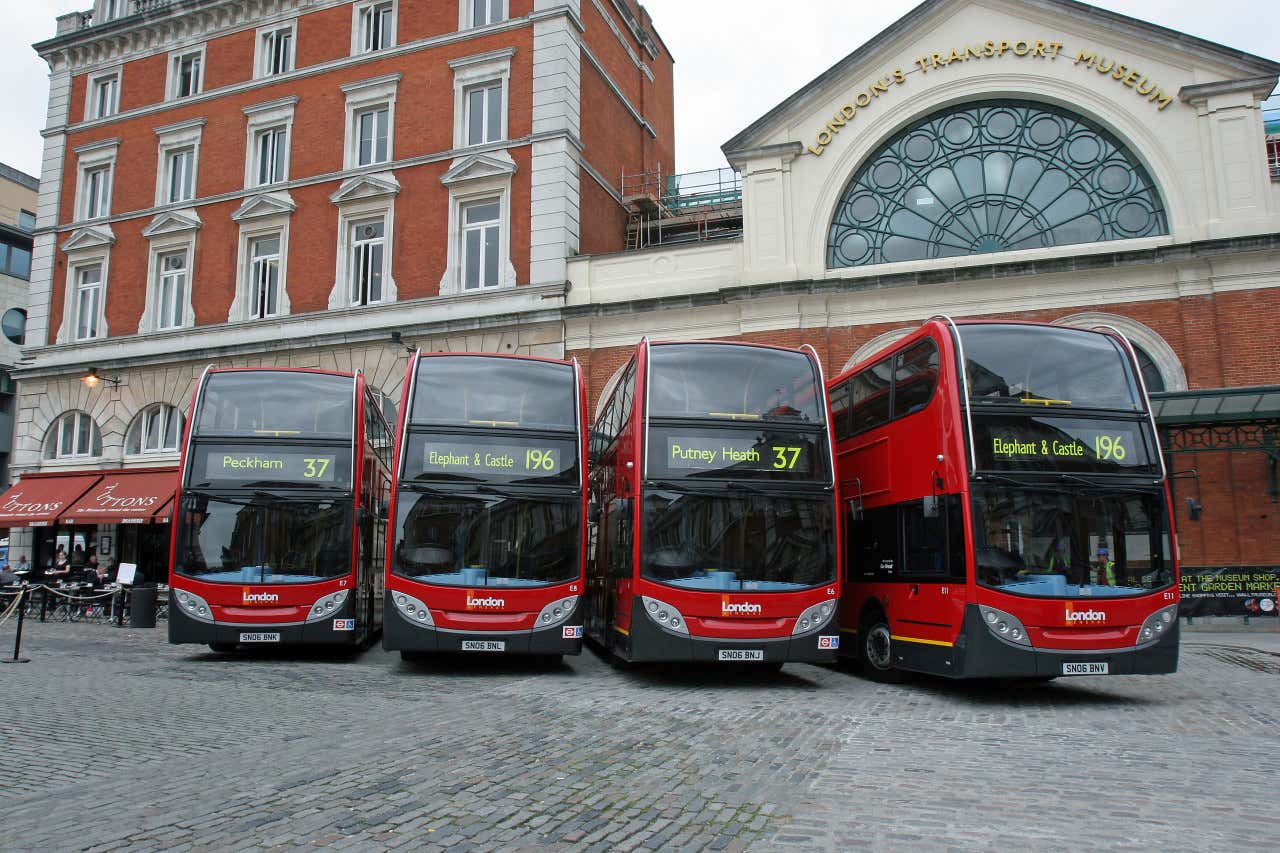
10. Madame Tussauds
A change of pace from history and art museums, Madame Tussauds is a must-see museum London if you’re into pop culture. The museum has its origins in the work of Marie Tussaud, a wax artist who began molding figures of celebrities and historical figures, including prominent victims of the French Revolution. Madame Tussaud’s first exhibition in London dates back to 1835. Since then, it has become a global phenomenon with museums all around the world.
At Madame Tussauds in London, you can get a picture with the British Royal Family, Hollywood stars, legendary musicians, and sports figures. It’s a fun experience which allows you to take a photo with your favorite celebrities, and bring home an unforgettable souvenir of any trip. Due to its popularity, we recommend booking your ticket to Madame Tussauds London in advance to ensure entry.
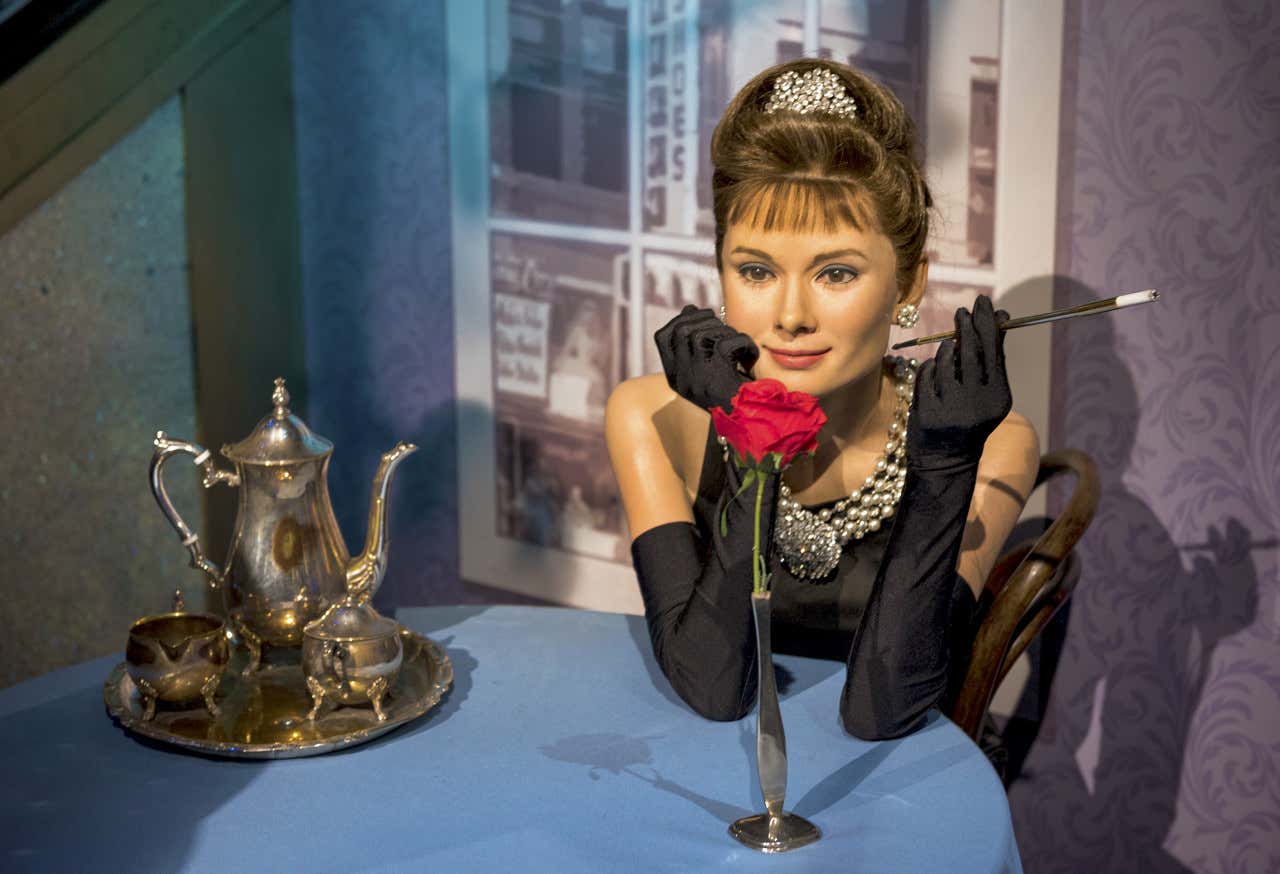
As you can see, the options are endless when it comes to London’s museums. The British capital is a city that invites you to immerse yourself in its cultural wealth through its numerous exhibitions. If you’re looking for other things to do in London, check out these activities, guided tours, and excursions offered by Civitatis in London.





